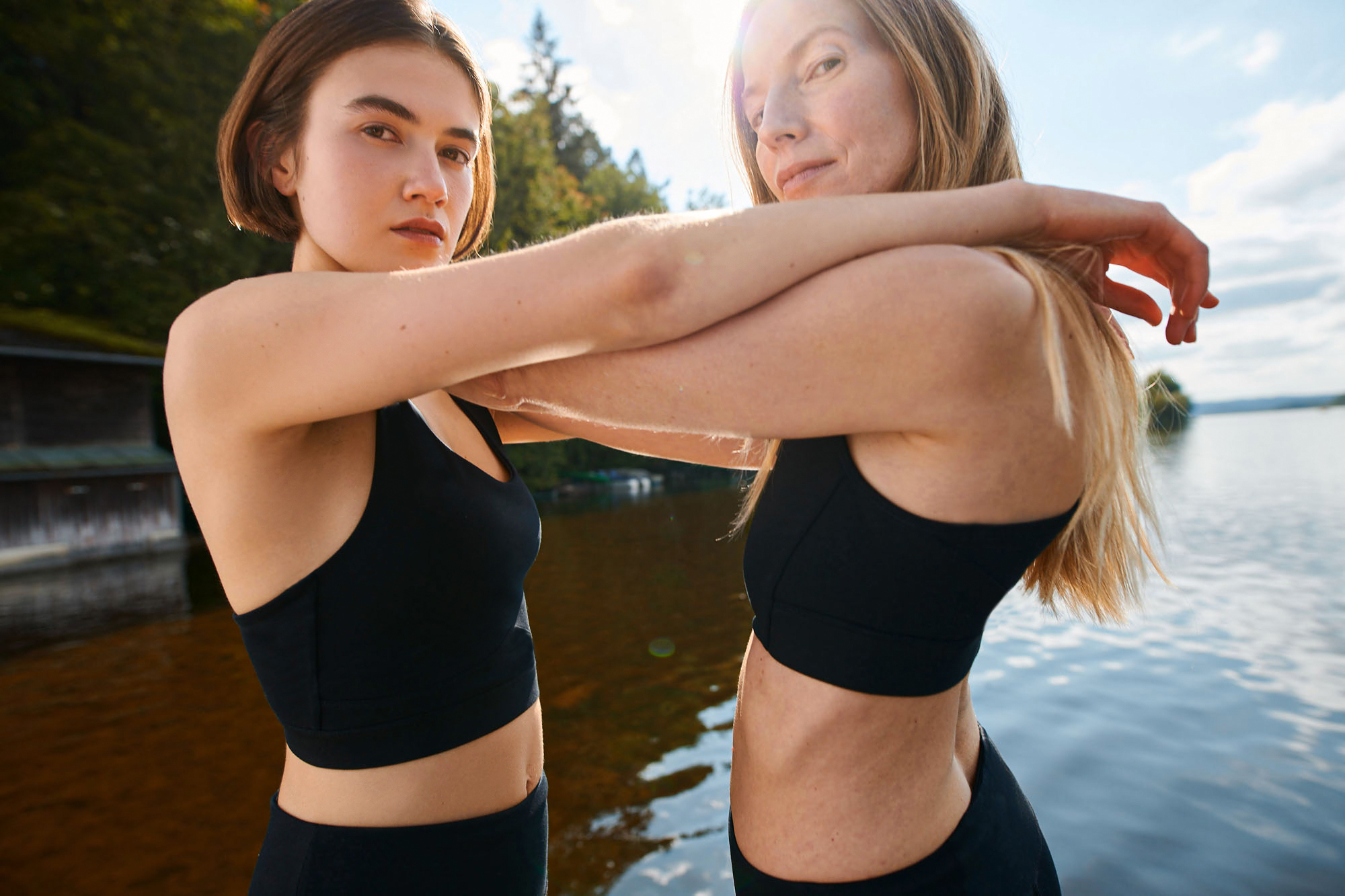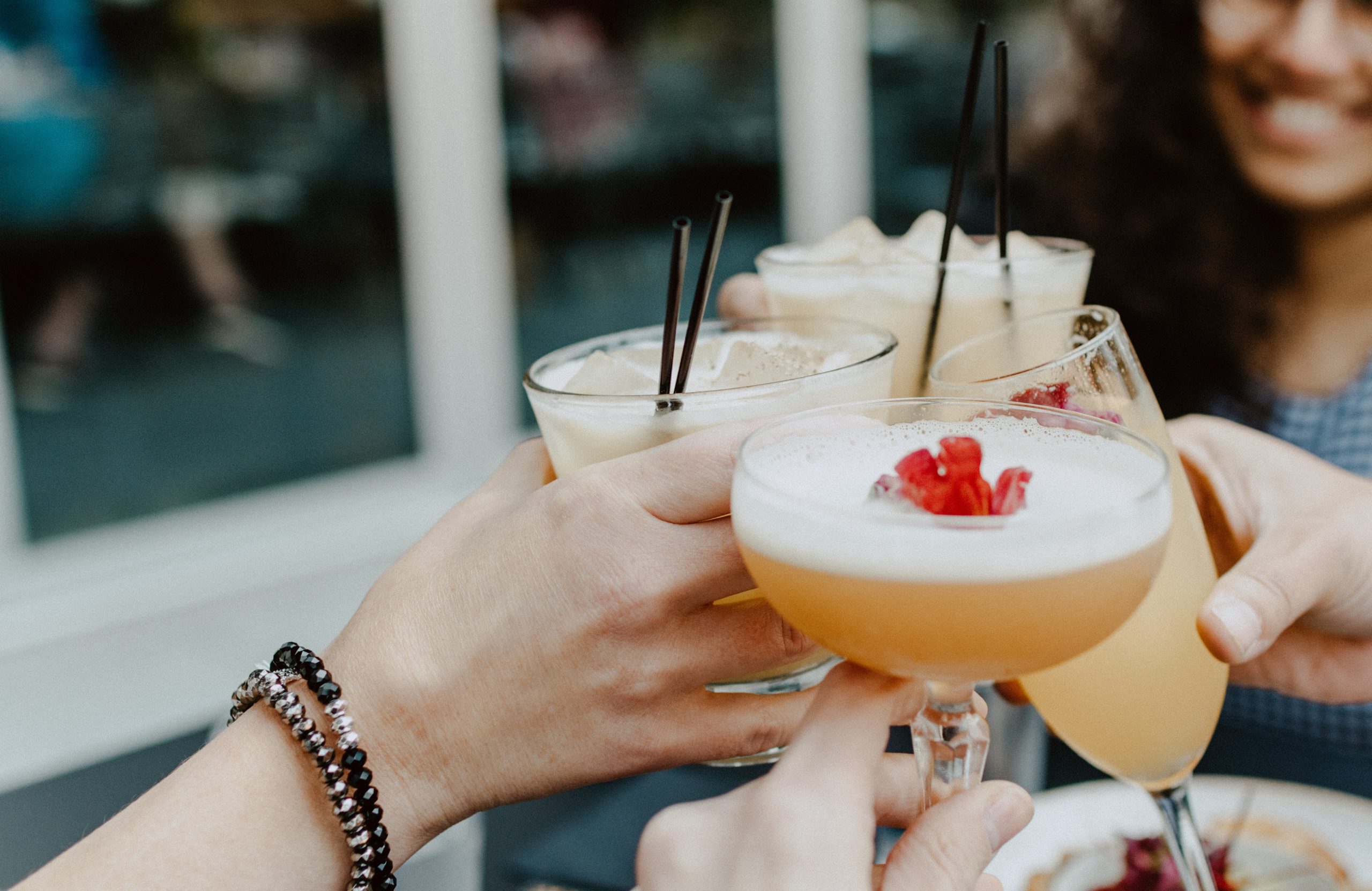BAM Clothing are one of the best-known bamboo clothes brands. But the business is about much more than just socks. They are one of the leaders in sustainable fashion and recently won an award for their ‘circular’ recycled and 100% recyclable polyester jacket, the 73 Zero. FRANK talked to Merryn Chilcott, BAM’s Sustainability and Technical Manager to find out more.
Merryn, BAM is famous for bamboo clothing. I’m sure many of us have a pair of BAM socks or leggings in our drawer! What makes bamboo so sustainable and why is it your material of choice?
Bamboo is amazing. Renewable and natural, it’s one of the fastest-growing crops, yet it can be turned into a super-soft, high-performance fabric. Bamboo viscose has inherent moisture-absorbing and temperature-controlling qualities that make it perfect for activewear. Our customers rave about how comfortable it is too.
From an environmental perspective, bamboo is head and shoulders above other crops: Bamboo grass absorbs five times more CO2 from the air than the equivalent amount of hardwood trees and releases 35% more oxygen.
The way it’s harvested keeps carbon locked into the ground as there’s no need to cut down or dig up the whole plant. That’s great for soil health, too, and we all know how important that is to our future.
You have been to forests in China to see where your bamboo is grown. Can you tell us about that trip?
It was a great trip! We often go out to visit factories in this industry, but I have never made a trip like that where I got to see every stage of production all the way back to the raw material. It drives home how many people and how much resource is required to make our clothes.
The other real positive about that trip was to see the bamboo viscose producers and process for myself, which reassured me that they were taking responsible production seriously. We got to build a direct relationship with them too, which means more improvements and commitments to reduce environmental impact.

There is a lot of good work going on in the industry around improving working conditions and pay for garment factories but there is so much further to go. Collectively, we need to take responsibility for enabling and influencing change throughout the whole supply chain.
Tell us more about your role as Sustainability Manager. What do you love most about your job?
I just love the variety in my job and there’s so much to learn. My background is in garment technology, so the concept of designing for circularity and innovating with new fabrics felt like a natural progression but dealing with carbon footprints, for example, was all pretty new to me.
Sustainability is so broad, and the clothing industry is incredibly complex so I’m fortunate to have a great network of experts to rely on and learn from when I need to.
There is also a collaborative feeling between sustainability managers at different brands because we are all genuinely trying to do something good, so I’ve got a great group of peers to talk through problems and bounce ideas around with.
Congratulations on winning Best Circulatory Initiative at the Drapers Sustainable Fashion Awards 2022 for your 73 Zero jacket. Can you tell us how the jacket is more than just ‘recycled’?
There are a lot of recycled polyester jackets out there, usually made with things like plastic bottles. While it’s a step in the right direction, the problem is that bottles can be recycled back into bottles over and over again.
The technology is in place to do that. But once those bottles are recycled into clothing, it gets much trickier to recycle them again. This means that plastic is still destined for landfill at some point, and many tonnes of clothing are still ending up in landfill every day.
We need to create a closed loop system (like the bottles) where polyester clothes can be recycled back into polyester clothes over and over again. This relies on fibre-to-fibre recycling which is currently challenging as there are usually finishes or components made from other materials that are almost impossible to remove, and those elements would contaminate the recycling system if left on.
The 73 Zero jackets are different because they are designed to be recycled from the outset, guaranteed – thanks to our partnership with recycling processing experts Project Plan B. We’ve done everything we can to ensure that happens when the jacket reaches the end of its use, by offering a free take-back scheme via a QR code on the garment so it can be used at any time, not just by the person who purchased it.
We believe brands should be taking responsibility for the products they put out into the world, financially and otherwise; that’s why we invested by paying an up-front fee to Project Plan B for our jackets. Despite this extra cost, we still sell the jacket at an accessible price point.
We’re delighted to have our collaboration and hard work recognised with such a prestigious award. It was a real team effort and we’re really proud of the jacket we’ve produced.

Can you tell us exactly what is Circular Fashion and how it goes further than just Sustainable Fashion?
Circular fashion means thinking about, and taking responsibility for, the entire life cycle of a garment – starting with the inputs (such as using recycled materials), the processes (like a PFC-free water repellent finish) and the end of life (creating a certified recycling route and take back scheme).
The problem with the word “sustainable” is that it’s such a loose term used in so many different ways within the clothing industry. It’s not clear to consumers what “sustainable fashion” and the impact of buying it actually means.
What are the main challenges of growing a hugely successful business while still ensuring it remains ethical through and through?
Yes, as our supply chain and our team grows, it can be difficult to maintain the same close relationships we’ve enjoyed with our suppliers – that’s partly why we joined the Fair Wear Foundation, which helps us to ensure the workers in our supply chain are treated fairly.
It’s also a challenge balancing our resources and costs with our ambitious impact goals (to be impact positive by 2030 – we are already fully climate positive); we need to be in business to make a positive change! Our team is always looking for ways to enable us to reduce our impact while producing items at reasonable prices.
Finally, while BAM has grown a lot since those early days, we’re still tiny and nimble compared to a lot of big clothing brands, which can have its advantages!
In 2018 you set yourselves the goal of becoming ‘impact positive’ by 2030. What does that mean and how far down the road are you?
Being impact positive means becoming truly regenerative across every area of what BAM does and its impacts on the world. We’ve set ourselves targets in three areas: people, nature and the climate. Every year we produce an Impact Report on our progress. (BAM Impact Positive Report 2022)
We’re already climate positive and have been since 2019, taking into account everything from where our bamboo grows to what happens to our clothing once we sell it. For example, we offset the environmental impact of the first 50 washes of every garment, because around a third of our clothing’s carbon emissions come from laundry.
When it comes to people, we’re a living wage employer and have signed up to both The Fair Wear Foundation and the Better Buying Index to help ensure the people who work in our supply chain are fairly treated, and fairly paid.
To have meaningful influence, we need to know exactly who is making our clothes, and the fibres that go into them. Most companies don’t delve that deeply into their supply chain, and it’s a complicated process, but we’re getting there.
Next year we’re set to launch digital product “passports”, working with Green Story so that customers can scan a QR code to see exactly who made their clothes and what the impact of their garments is.
For our nature goals, we want to create a fully circular range which conserves natural resources, protects biodiversity, eliminates harmful pollution and closes the loop at the end of use.
We’re making good inroads into being impact positive for nature and people, but there’s much more to do and I imagine once we reach our goals, we’ll keep pushing ourselves to do better.

Apart from the 73 Zero jacket, what is your current favourite from the BAM range and why?
I love the seamless range, particularly the leggings, which are lightweight but still super soft and warm – good for yoga, running and WFH. The seamless base layers are also great for skiing.
To shop the range head over to the BAM Clothing Website and be sure to follow the guys on Instagram.







